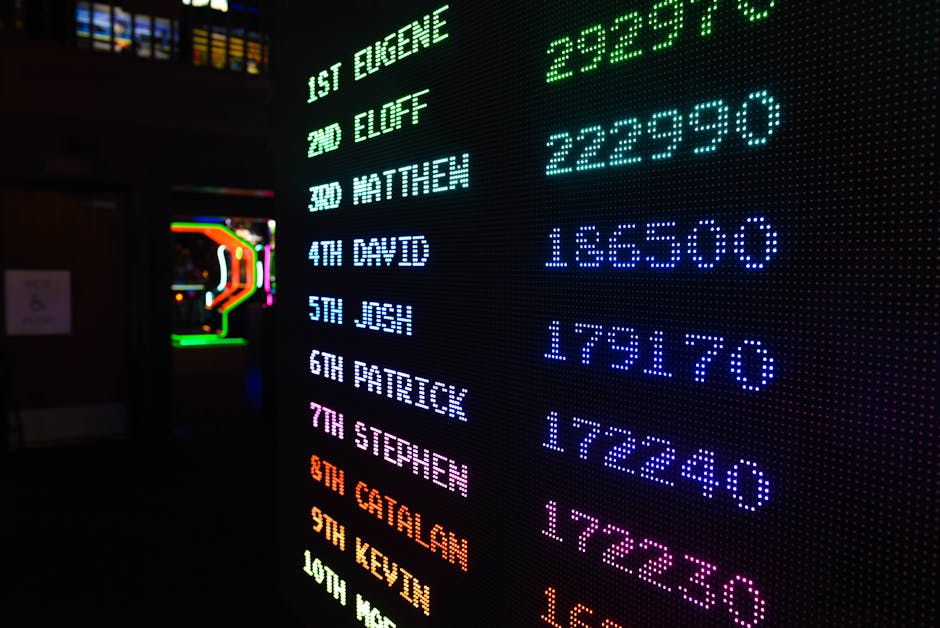From Pixels to People: The Art of Game Community Management
In the vibrant world of gaming, community management has evolved from a simple moderation task into a sophisticated art form. It is a dance of diplomacy, creativity, and psychology that turns pixels into people, fostering relationships that transcend the virtual. Welcome to the world where every gamer is a storyteller, and the community manager is the unsung hero orchestrating these narratives.
Imagine stepping into a bustling tavern, where players from across the globe gather not just to play, but to connect, share, and grow. This is what an effectively managed game community feels like—a thriving ecosystem that nurtures creativity and camaraderie. At the heart of this ecosystem lies the community manager, a versatile figure who dons many hats: mediator, content creator, psychologist, and sometimes even a therapist.
But how does one manage such a diverse and dynamic group effectively? Let’s delve into the strategies and insights that shape the craft of game community management.
First, let’s talk about the power of listening. In a world driven by high-speed action and flashy graphics, the subtle art of listening is often underestimated. A successful community manager is one who can sift through the noise to hear the voice of the players. They engage with the community by creating open channels of communication—be it through forums, social media, or live streams—allowing players to express their thoughts and feedback.
Furthermore, storytelling is a potent tool in the community manager’s arsenal. It transforms ordinary interactions into memorable experiences. Whether it’s crafting a narrative around a seasonal event or sharing player stories, storytelling helps in building a shared culture within the game. It is these shared experiences that keep players coming back, creating a sense of belonging and identity.
Budget-friendly options are a rising trend in game community management. Not every gaming company has the luxury of hiring a large team or deploying cutting-edge tools. Yet, creativity knows no bounds. Indie developers often employ DIY approaches, utilizing free platforms and tools to engage with their community. Discord, for instance, has become a favorite among many for its versatility and user-friendly interface.
Psychological insights also play a critical role. Understanding the player’s psyche—what motivates them, what frustrates them, and what excites them—is crucial in fostering a healthy community. This is where the role of a community manager overlaps with that of a psychologist. They must read between the lines, addressing issues before they escalate and ensuring a safe and welcoming environment for all players.
As the gaming industry continues to grow, so do the trends in community management. Emerging technologies such as AI and machine learning are being harnessed to predict player behavior and personalize interactions. Virtual reality is also on the horizon, promising to create even more immersive community experiences.
Ultimately, game community management is about building bridges between players and developers, ensuring that every player’s voice is heard and valued. It’s about creating a world where every gamer feels at home, whether they are battling dragons or solving puzzles.
So next time you log into your favorite game, take a moment to appreciate the community that makes it special. Behind the scenes, there’s a dedicated team ensuring that the world you love remains vibrant and welcoming. In this ever-evolving digital landscape, the art of game community management continues to shine, transforming pixels into people and players into friends.
